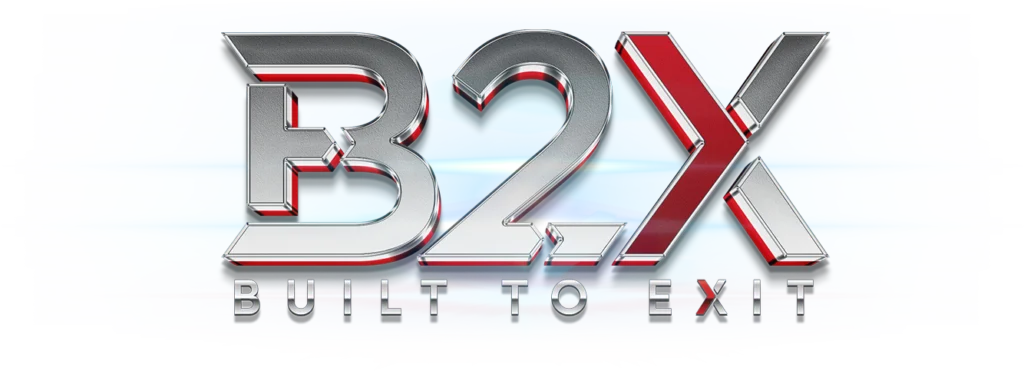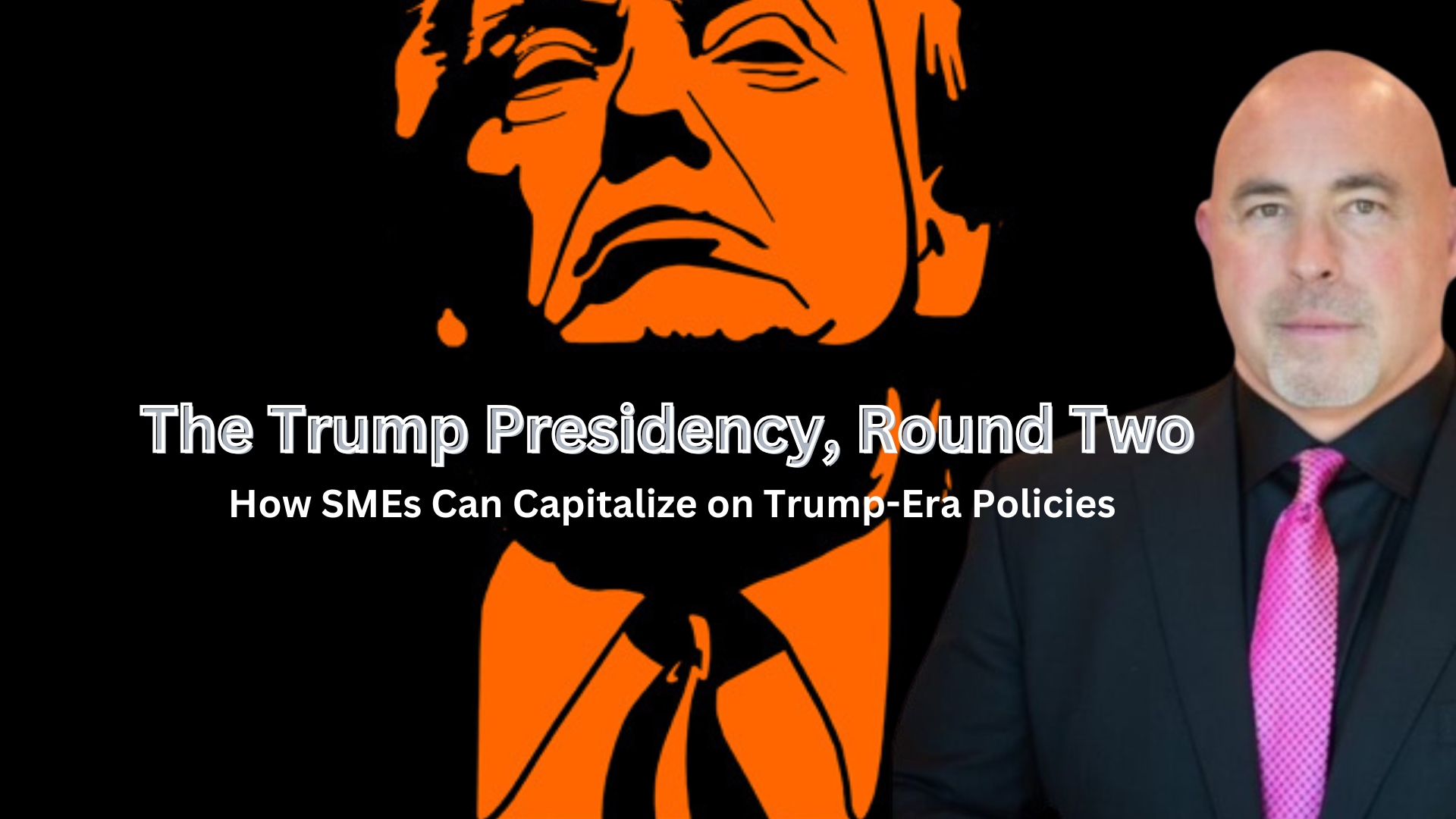It’s the return of the Donald!
As a small or medium-sized business owner, the return of Donald Trump to the White House is likely to have a significant impact on the small business landscape you’ll need to navigate in the coming years. Whether you’re a steadfast supporter of the president-elect or feel deep unease about his agenda, this is a reality you’ll have to confront head-on. The political landscape in our country has become increasingly polarized, with many Americans firmly entrenched in their views on Trump and his legacy.
For some business owners, the prospect of a second Trump term may elicit a sigh of relief, ushering in the return of the deregulatory, America-first policies that will unleash economic growth. Others, however, may view Trump’s ascendance with trepidation, concerned about the potential for trade wars. Regardless of your personal and political leanings, this is not just a matter of partisan allegiances – it’s about positioning your hard-earned business for success.
Let’s dive into the key changes you can expect and how to position your “built to exit” SME (small to medium-sized enterprise) for success:
Deregulation
One of Trump’s signature policies is slashing regulations across industries. This could mean fewer compliance headaches and lower operating costs for your business in the short term.
At its core, the Trump-led deregulatory effort was aimed at freeing up companies from what were perceived as overly onerous compliance requirements. The logic is that by stripping away layers of regulation, businesses will enjoy greater operational flexibility and lower costs – resources that could then be redirected towards growth, innovation, and job creation.
For SMEs operating in highly regulated sectors, this shift could translate to substantial near-term benefits. Fewer mandatory inspections, reporting obligations, and other administrative headaches mean your teams can focus more time and energy on serving customers and optimizing internal processes. The savings from reduced compliance costs can then be reinvested into strategic initiatives like technology upgrades, facility expansions, or enhanced marketing.
Tariffs and Trade
For those SMEs that have historically relied on foreign suppliers, the prospect of rising input costs may be concerning. Retaliatory tariffs from trading partners could further constrain your ability to sell products or services abroad. However, this disruption to established supply chains also presents a chance to reevaluate your sourcing strategy.
By diversifying your supply chain to include more domestic or allied-country providers, you can not only mitigate the risks of trade wars, but also tap into emerging opportunities. Shifting production closer to your end markets can improve speed to market, reduce shipping times and costs, and make your business more agile. Moreover, “buying American” may resonate with patriotic consumers who want to support homegrown companies.
Of course, transitioning to a more localized supply chain is not without its own challenges. You’ll need to thoroughly vet new suppliers, ensure quality control, and potentially make investments in automation or operational changes. But the payoff could be substantial – not just in terms of insulating your business from geopolitical volatility, but also in fostering goodwill and loyalty among your customer base.
Ultimately, the key is to take a proactive, strategic approach. Monitor trade policy developments closely, model the potential cost impacts, and develop contingency plans.
Capitalize on Tax Relief Opportunities
One of the brightest spots for SMEs under a Trump presidency is the potential for continued tax relief. The president-elect has promised to extend the 2017 Tax Cuts and Jobs Act, which delivered substantial savings for businesses of all sizes. He’s also floated the idea of lowering the corporate tax rate even further, potentially down to 15%.
While the long-term impact on the deficit remains to be seen, the near-term benefits of these tax cuts are clear. Lower rates mean more cash flow that you can reinvest in growth initiatives, whether that’s upgrading equipment, funding R&D, or ramping up marketing.
To make the most of these tax savings:
- Model the Impact: Closely analyze how any changes to corporate, individual, or pass-through tax rates could affect your bottom line. This will help you identify the optimal strategies for reinvesting those newfound profits.
- Accelerate Capital Investments: Take advantage of generous depreciation deductions by accelerating planned equipment upgrades, facility expansions, or other capital expenditures. This allows you to offset taxable income today.
- Explore Tax Credits & Incentives: Make sure you’re taking advantage of all available federal, state, and local tax credits and incentives.
In a recent interview, Trump revealed more of his economic and energy-related plans if he’s elected to a second presidential term. The then-former president stated he would work to immediately slash energy costs by 50%, declaring “Those ovens that you use are going to be half-price. You will be so happy because I’m bringing it down with energy, and we’re going to allow gas stoves.”
While the specifics and feasibility of such a dramatic cut remain to be seen, the overall direction of Trump’s energy and regulatory agenda is clear – a return to policies aimed at boosting domestic fossil fuel production and rolling back environmental restrictions on appliances and other equipment. This could translate to real savings for SMEs, if executed effectively.
Here are the critical strategies small and medium-sized businesses should employ while keeping a close eye on the shifting policy landscape under a second Trump administration:
- Operational Excellence: Laser-focus on streamlining processes and boosting productivity. Invest in automation and other efficiency-enhancing technologies. This will not only improve your profitability but also demonstrate strong management capabilities to prospective PE buyers.
- Diversified Supply Chains: Reduce your reliance on any single foreign supplier. Identify alternative domestic or allied-country sources for critical materials and components.
- Tax Planning: Model the potential impact of any tax policy changes on your business. Accelerate capital investments to take advantage of depreciation deductions before the rules potentially change.
Ultimately, the path forward for SMEs will require a delicate balance, regardless of one’s political leanings. By staying keenly aware of the evolving policy environment, small business owners can identify opportunities to capitalize on Trump-era changes while also shoring up the core operational, supply chain, and governance strengths that will position their companies for long-term success.
Whether you’re high-fiving the world in your MAGA hat or cringing at the prospect of the new administration, the name of the game remains the same: focus on operational efficiency, supply chain resilience, and sound business practices.
Stay nimble, think strategically, and get ready to cash in when the time is right – all while keeping an eye on the evolving energy and regulatory landscape under the second Trump term.

